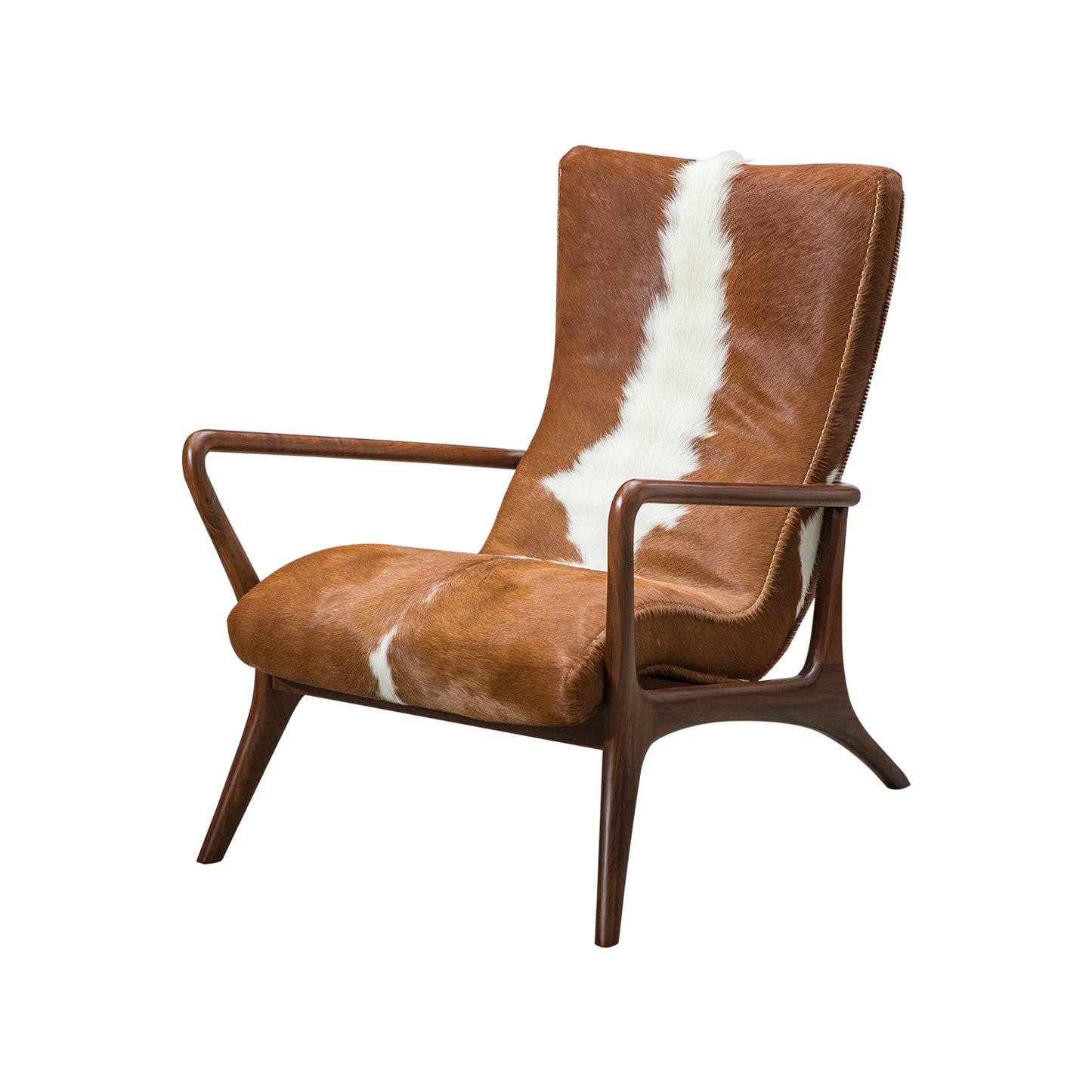The chair has long been a fundamental piece of furniture, serving both functional and aesthetic purposes throughout history. Its evolution reflects changes in culture, technology, and design philosophy. This article delves into the fascinating journey of chair design, tracing its origins and exploring its transformation into the minimalist styles we see today.

Ancient Origins of the Chair
The history of the chair dates back to ancient civilisations. In Egypt, chairs were symbols of power and status, often crafted from wood and adorned with intricate carvings. Similarly, the Greeks and Romans developed their own versions, such as the klismos and curule chairs, which combined elegance with comfort. These early designs laid the groundwork for future innovations.
Medieval to Renaissance: A Shift in Design
During the Medieval period, the chair evolved into a more utilitarian piece. Heavy, wooden structures dominated the landscape, often featuring ornate details that reflected the craftsmanship of the time. The Renaissance brought a renewed interest in classical forms, leading to the creation of more sophisticated chairs that emphasised symmetry and proportion. This era marked a significant transition in chair design, as artisans began to experiment with new materials and styles.
Industrial Revolution: Mass Production and Innovation
The Industrial Revolution dramatically changed the landscape of furniture design, including the chair. With advancements in manufacturing techniques, chairs could be produced on a larger scale, making them more accessible to the general public. This period saw the introduction of iconic designs, such as the bentwood chair by Michael Thonet, which showcased the potential of steam-bent wood. The combination of functionality and aesthetic appeal became a hallmark of this era.
Modern Minimalism: The Chair in Contemporary Design
In the 20th century, the chair underwent a radical transformation with the rise of modernism. Designers like Charles and Ray Eames, as well as Arne Jacobsen, redefined the concept of seating. Their creations emphasised simplicity, clean lines, and the use of innovative materials such as plastic and metal. This minimalist approach not only prioritised functionality but also allowed for greater expression in design.
Key Characteristics of Modern Chairs
- Simplicity: Modern chairs often feature streamlined designs that eliminate unnecessary embellishments.
- Functionality: Comfort and usability are paramount, with ergonomic designs becoming increasingly important.
- Material Innovation: The use of new materials, such as moulded plastics and lightweight metals, has expanded the possibilities for chair design.
As we look to the future, the chair continues to evolve, reflecting changing lifestyles and preferences. Whether you are drawn to the classic elegance of traditional designs or the sleek lines of modern minimalism, there is a chair to suit every taste and need. For those interested in exploring a diverse range of chairs, consider visiting .
Conclusion
The journey of the chair from ancient times to modern minimalism is a testament to human creativity and adaptability. As we continue to innovate and redefine our living spaces, the chair remains a vital element of interior design, embodying both form and function. Understanding its evolution not only enriches our appreciation for this everyday object but also inspires future designs.








